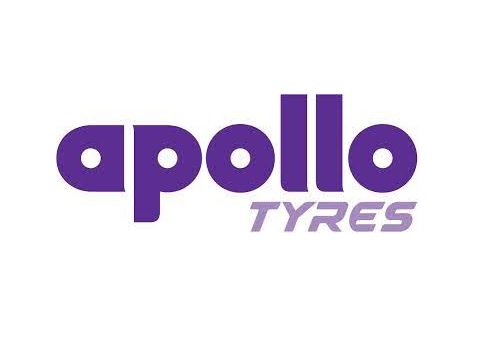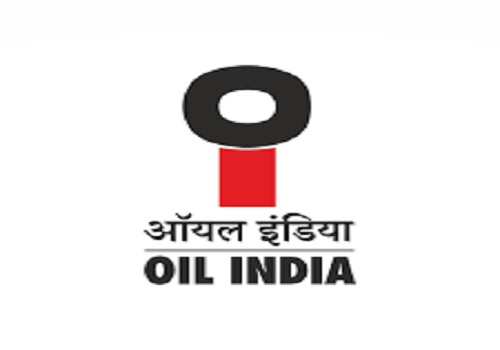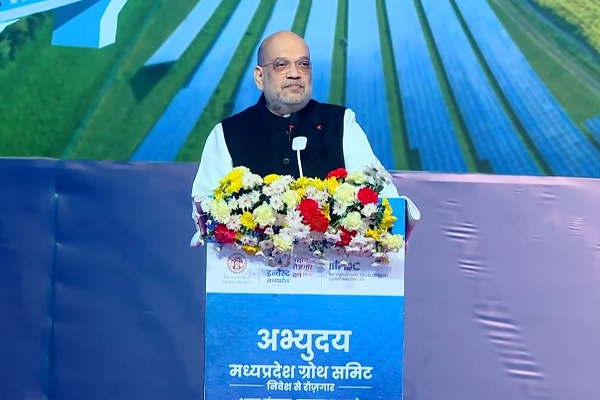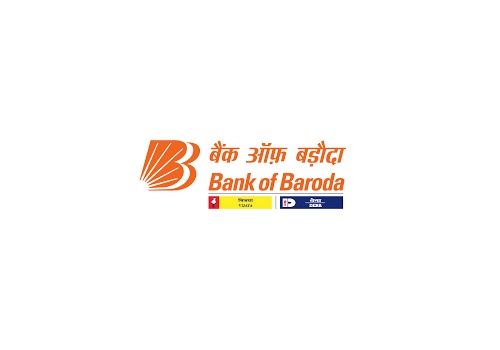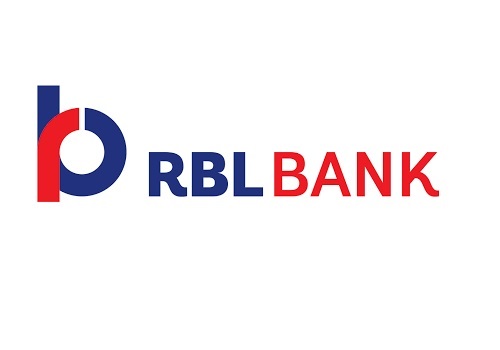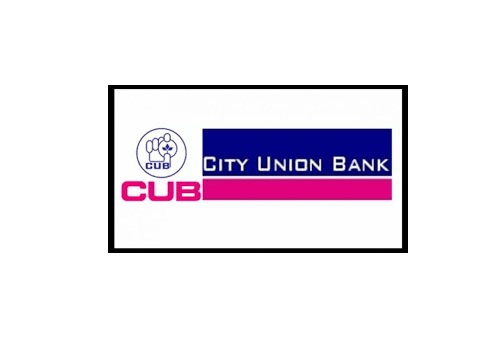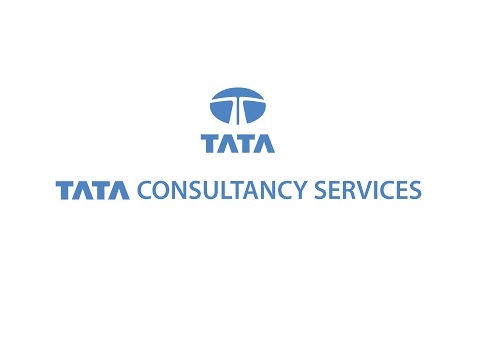Reduce AU Small Finance Bank Ltd. For Target Rs.: 625 - Emkay Global
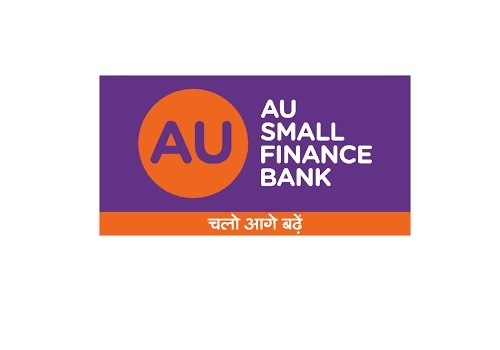
Despite stable NIMs due to increased interest income on securitization and higher fees including cards, AU SFB reported 14% miss on earnings with PAT at Rs3.8bn (Emkay est.: Rs4.4bn) as provisions accelerated to Rs1.6bn due to rising stress in its VF and now even seasoning card portfolio. Fresh slippages were elevated at 2.9% of loans (Rs4bn) due to which GNPA ratio jumped 7bps QoQ to 2% for the third quarter in a row, indicating rising stress. The bank expects credit card book to break-even in FY25, but we believe rising asset-quality stress in cards for seasoned players like SBIC, RBL and so on indicates that stress could remain elevated for AU SFB as well. Separately, the bank has counterintuitively cut down its specific PCR to 66% amid rising stress.
We believe the merger with Fincare prima-facie could be EPS/BVPS/RoA positive, but we reckon managing HR/tech integration and MFI portfolio management will be an arduous task. Separately, we believe rising asset-quality stress in the bank’s card portfolio and VF portfolio could keep provisions elevated. Thus, we cut our earnings estimates by 7-10%. Factoring in RoA/RoE moderation, rising asset-quality risk, likely merger drag, and potential delay in the universal banking license, we cut our TP further to Rs625/share (earlier Rs650), valuing the bank at 2.8x Dec-25E ABV. We maintain our REDUCE rating.
Growth moderates further and so do the margins
AU SFB took a cautious call to limit its lending growth amid rising asset-quality risk, reflecting relatively moderate credit growth at 20% YoY/4% QoQ. Wheels book (40% portfolio share) declined QoQ, while the bank continues to report strong growth in mortgages, as planned, to increase the share of the secured book. However, deposit growth remained robust at 31% YoY/6% QoQ, led by strong growth in savings and TDs, leading to a moderation in LDR to 83%. The bank also securitized loans worth Rs27.4bn to release cost pressure, which helped the bank limit margin contraction by 6bps QoQ to 5.5%. The bank expects growth to normalize from Q4, but we believe margin pressure could continue on account of rising funding costs and asset-quality deterioration.
Asset-quality woes continue for the third quarter in a row
Fresh slippages were elevated at Rs4bn, leading to 2.9% of loans, which resulted in a jump in GNPA ratio to 2% (up 7bps) for the third quarter in a row. Management attributes higher NPA formation to rising stress in the wheels portfolio, while the seasoning card portfolio has added to the stress (Rs0.4bn write-off), though it claims it is still BAU-level stress. However, we believe stress in the credit card business is on the rise, even for seasoned players like SBIC, RBL and so on and should remain so for AU SFB. Separately, the bank has counter-intuitively cut down its specific PCR to 66% amid rising stress, which we believe the bank will need to shore up and, thus, should keep LLP elevated.
Retain REDUCE
We believe the merger with Fincare prima-facie could be EPS/BVPS/RoA positive, but we reckon that managing HR/tech integration and MFI portfolio management will be an arduous task, more so given the deal was concluded without the management buy-in. Separately, we believe rising asset-quality stress in AU SFB’s card portfolio and VF portfolio could keep provisions elevated. Thus, we cut our earnings estimates by 7-10%. Factoring in RoA/RoE moderation, rising asset-quality risk, likely merger drag, and potential delay in Universal banking license, we cut our TP further to Rs625/share (earlier Rs650/share), valuing the bank at 2.8x its Dec-25E ABV. We retain our REDUCE rating on the stock.
For More Emkay Global Financial Services Ltd Disclaimer http://www.emkayglobal.com/Uploads/disclaimer.pdf &
SEBI Registration number is INH000000354



